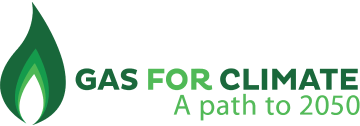Today, the European Commission announced a target for the production of 35 billion cubic metres (bcm) of biomethane within the EU by 2030 as part of its REPowerEU plan. The biomethane value chain welcomes this target, which is a historic step forward and shows EU leadership. The target will replace 20% of natural gas imports from Russia by a sustainable, cheaper and locally produced alternative. Biomethane also helps to reduce exposure to food price volatility because digestate, a co-product of biomethane production, replaces currently expensive synthetic fertilisers.
We are a group of about 30 companies and organisations, coordinated by European Biogas Association and Common Futures. Last December we published the Biomethane Declaration. In this Declaration we called for a scale-up of biomethane to 350 TWh by 2030, which roughly equals 35bcm. As part of the 35 bcm target, the Commission wants to double EU biomethane already in 2022. This requires urgent and immediate action. Also, the biomethane target should be integrated in the EU Renewable Energy Directive and other legislation. We are keen to continue to cooperate with the European Commission and Member States to fulfill the new target.
Mobilising sustainable biomass feedstock and investing in new production capacity
The target can be achieved largely based on waste and residue feedstocks (see annex). Also, a role can be foreseen for sustainable crops produced in sequential or double cropping schemes without competition with food and feed production.
Today the EU produces 3 bcm of biomethane. Scaling-up to 35bcm requires the mobilisation of sustainable biomass feedstock, mostly waste and residues, plus building about 5,000 new biomethane plants. From a technical perspective this is feasible during the next eight years. And it’s cost-effective as well. Some €80 billion in capital investments would be needed, European money spent in our domestic economy. It allows us to produce biomethane at a cost that is considerably lower than the natural gas price over the past several months , even without the CO2 price. And in addition to building new integrated biogas-biomethane installations, it would also be possible to cost-effectively add methanation units to existing biogas plants. We also call for a rapid commercialisation of gasification technology, which allows for biomethane production from woody residues.
BREAKDOWN OF 35 BCM BASED ON AVAILABLE BIOMASS FEEDSTOCK
For more information, please contact:
Harmen Dekker, European Biogas Association: dekker@europeanbiogas.eu; +31 654331782
Daan Peters, Common Futures: daan.peters@commonfutures.com; +31 634489780





